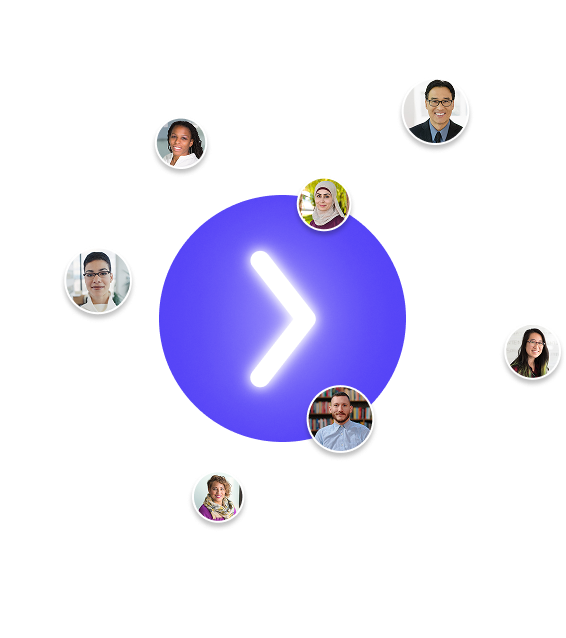
Subscribe to our Blog
We're committed to your privacy. SayOne uses the information you provide to us to contact you about our relevant content, products, and services. check out our privacy policy.

Akhil SundarMay 12, 20236 min read

Generating table of contents...
Cascading Style Sheets (CSS) is a pre-written library of CSS code providing a set of styles as well as design patterns which can be used to create consistently responsive web layouts. These frameworks typically include typography, a grid system, and a set of common UI elements like forms, buttons, and navigation menus. These are used to control the appearance of a document that is written in HTML/XML. Using CSS, you can create a wide range of visual styles, which include fonts, layouts, colors, borders, margins, etc.
There have been many different versions of CSS, each one being an improvement over the previous one. Therefore, if you are not sure where to start and which CSS framework to use for front-end development, here we attempt to provide you with a short list of the best ones that you can use to save time and effort during web development.

Front-end CSS frameworks are libraries that contain standardized pre-written CSS code. They contain pre-defined UI components, responsive grid systems, and styling for elements such as forms, buttons, and, text, among others. A CSS framework provides web designers and developers with a starting point to design and build websites efficiently and quickly. With the help of high-quality CSS editors, they can help to enhance front-end designs.

Bootstrap is one of the most popular and well-known CSS frameworks among web developers across the world. Designed by Twitter, this framework provides a wide range of comprehensive tools and assets for designing web applications such as an interactive Flipbook maker or photo editor.
Bootstrap offers a consistent code base that provides the best results. However, there is little room for flexibility. Bootstrap classes are designed to help front-end developers quickly add styling instructions to their HTML code. The Bootstrap framework is well-documented, and it is easy to find resources.
Read our blog “9 Popular JavaScript (JS) Frameworks”.
Advantages
Disadvantages
Bulma is a free, open-source CSS framework that is based on Flexbox. The objective was to create a modern and minimalist alternative to the existing CSS frameworks. Bulma is designed as a strict CSS-only approach and does not include any JavaScript components. Bulma has a modular approach without using classes for styling and layout. Therefore, developers can create custom designs without writing a lot of CSS code.
Bulma’s modular design accounts for its flexibility. It is easy to customize Bulma to make fit customized needs for a project. It is also designed to support cross-browser compatibility. The best part is that it is fast, lightweight, and provides optimal performance.
Download our eBook for FREE “How to Optimize Your UI for Different Devices”
Advantages
Disadvantages
Tailwind is a modern, utility-first, CSS framework that is popular. As the best CSS library that is available for beginners, this framework contains a set of pre-defined CSS classes that can be applied to HTML elements. This helps front-end developers quickly build custom interfaces that are fast and efficient.
Tailwind is designed to provide developers with more control over the appearance and feel of their websites. With Tailwind you can quickly build high-quality, responsive, and accessible websites.
Advantages
Disadvantages
Pure is a lightweight and minimalist CSS framework which provides only a small set of basic styles for HTML elements such as forms, buttons, tables, etc. This framework helps to reduce the amount of CSS code that is required for web application styling and makes it easy for developers to both understand and modify quickly.
Advantages
Disadvantage
Are you looking to hire the best developers for your web or mobile app development? Get in touch with us!
As a classless CSS framework, water is based on minimalistic design principles and provides just the bare styling essentials for developing web pages.
This framework is easy to add to any project and requires copying only one line of code into the HTML file. It is lightweight, loads fast, and is ideal for making simple static websites that are visually appealing.
Advantages
Disadvantages
Using the abovementioned CSS frameworks in your next project can help you add styling elements as well as make your web applications more responsive.
Looking to port to microservices? Give us a call today!

We're committed to your privacy. SayOne uses the information you provide to us to contact you about our relevant content, products, and services. check out our privacy policy.

About Author
Subject Matter Expert

We collaborate with visionary leaders on projects that focus on quality